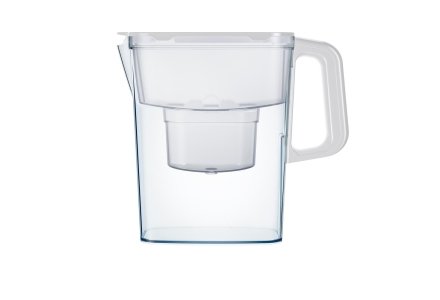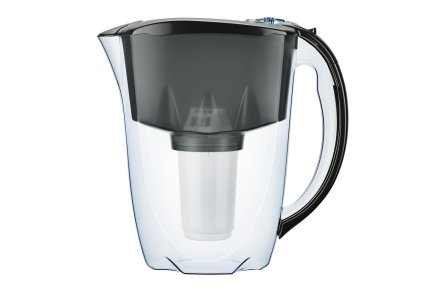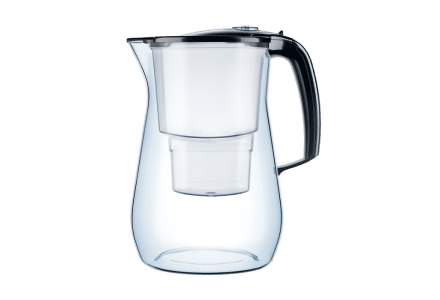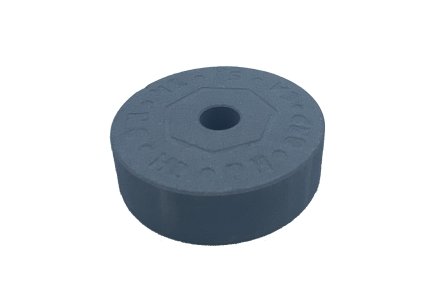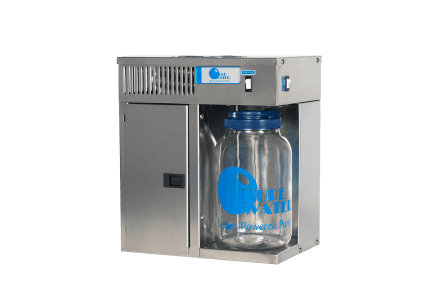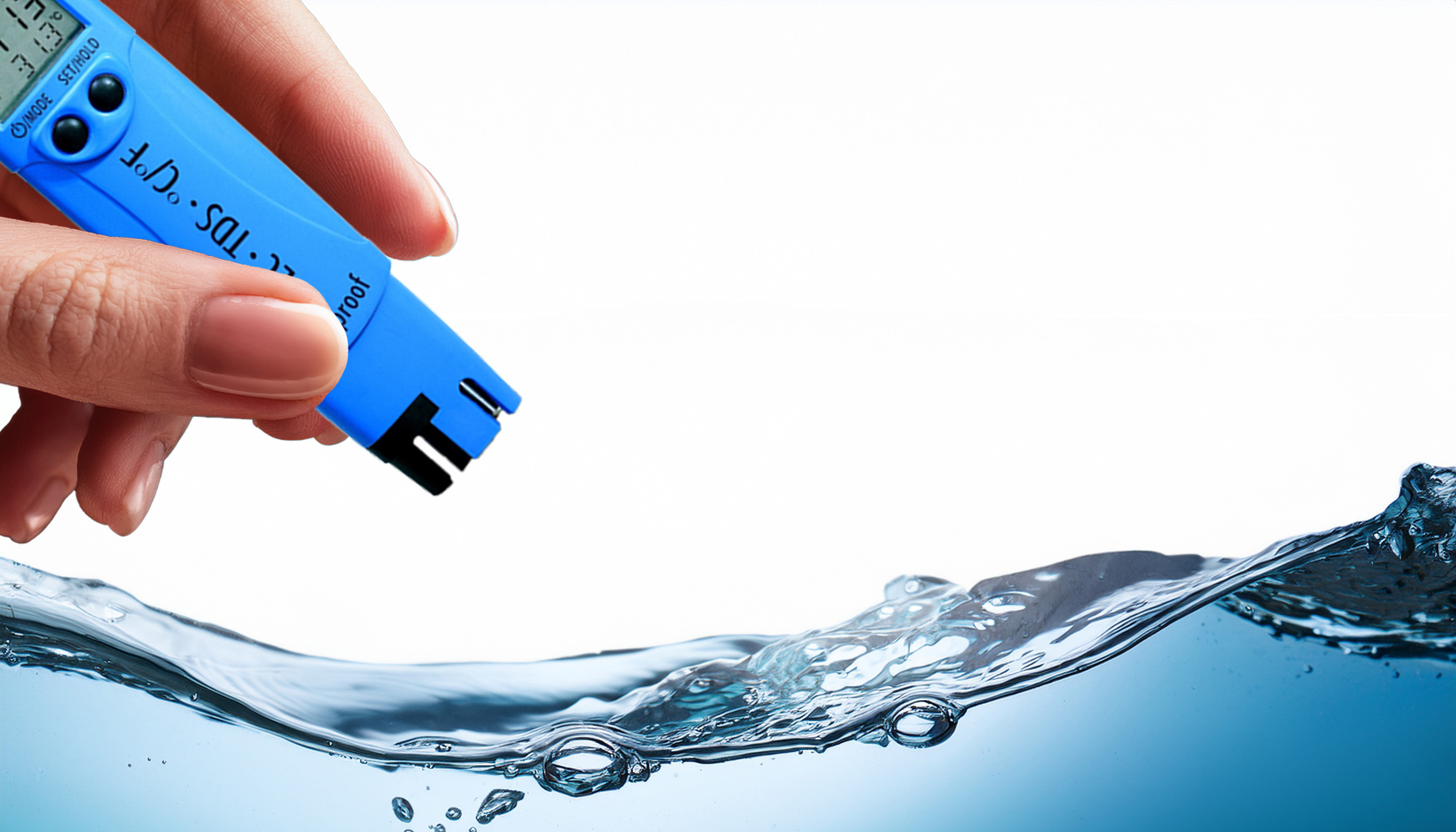
Tap water often looks clear, but appearances are deceptive. The water we drink every day contains numerous dissolved substances: some harmless, while others are less desirable. But how do you know what exactly is in it? And more importantly - what do you want or don't want in your glass? A simple TDS meter gives quick insight, but also raises questions: is a low TDS better? Are minerals good or unnecessary? And which solution suits you - a practical water filter can, or rather a powerful water distiller? Want to know more? Read on quickly.
Introduction: why TDS and water quality are important
More and more people are asking critical questions about the quality of their drinking water. What is actually in tap water? Are minerals in water healthy, or unnecessary? And how do you know if your water is “clean enough”?
A useful measure of water quality is the Total Dissolved Solids (TDS) value: a measurement of the total dissolved solids in water. TDS is often used to gain insight into the purity of water, but it is important to understand what this value does and does not say. A higher TDS value does not automatically mean that water is unfit to drink, just as a low TDS value is not always healthier.
At Meditech Europe we offer a wide range of water solutions: from practical water filter jugs that improve taste and quality, to advanced water distillers for those who choose completely pure, mineral-free water. In this blog, we dive into the world of TDS and water purification. What can you measure? What does it mean for your health? And what type of water best suits your situation?
What is TDS exactly?
TDS stands for Total Dissolved Solids, or total dissolved solids in water. These are mainly minerals and salts such as calcium, magnesium, sodium, potassium, bicarbonate, sulfate and chloride. But they can also be trace amounts of metals, nitrates or organic substances. The TDS value is usually expressed in ppm (parts per million) or mg/L.
A TDS meter measures the electrical conductivity of the water and, based on that, gives an estimate of the amount of dissolved substances. The higher the conductivity, the more substances are in the water.
A higher TDS value often means there are more minerals and other substances in the water. This is not necessarily a bad thing - many natural sources naturally contain minerals that are even desirable. A lower TDS value indicates more purified or filtered water, where healthy minerals may also have been removed.
So it is important to view TDS as an indicator, not a judgment. In the next section, we discuss why a low TDS is not always better - and why a higher value is sometimes a sign of natural richness.
Low or high TDS - What does it mean for your health?
When measuring TDS in drinking water, many people think: the lower, the better. But it's not that simple. The TDS value indicates how many substances are dissolved in the water, but says nothing about which substances they are. And that very distinction is important when it comes to health.
Not every dissolved substance is harmful
A higher TDS value can be caused by natural minerals such as calcium and magnesium - substances our bodies basically need. At the same time, a low TDS value can be caused when these minerals are removed, for example through a distiller or a reverse osmosis plant. The water is then “pure,” but it also no longer contains minerals.
How does mineral-poor water affect the body?
Mineral-poor water is not automatically unhealthy, especially if you get enough minerals through diet. However, some studies indicate that water without minerals (such as distilled water) may be less supportive of the body's electrolyte balance in the long term. With heavy use or sensitive audiences (think the elderly, athletes, children), it may be wise to pay extra attention to this.
So is a higher TDS better?
Not necessarily. A high TDS can also indicate the presence of undesirable substances such as heavy metals, nitrate or pesticide residues. Therefore, it is always a good idea to check what the TDS consists of. After all, a TDS meter only measures how much, not what.
TDS is a guide, not a diagnosis
Think of the TDS value as an initial indication of water quality. It tells you whether there are many or few substances dissolved in the water, but not whether it is good or bad. Water with a moderate TDS can be perfectly drinkable, especially if it contains the right minerals. And water with a very low TDS is very pure, but you may need to intentionally supplement with minerals - depending on your needs.
How do water filters and techniques affect the TDS value?
Those who want to improve their drinking water quickly turn to a water filter or purifier. But not every method affects the TDS value in the same way. In this section, we explain how different techniques work, what they do or do not remove from the water, and what that means for the TDS value as well as the contents of your glass.
Water filter jugs - mild filtration, improved taste
Water filter jugs, such as those from Aquaphor, use activated carbon and often an ion exchanger. These filters remove, among other things:
Chlorine and odorants
Some heavy metals
Some hardness (lime)
The TDS value decreases slightly or stays about the same in the process because many healthy minerals are retained. The result is water that tastes better and is cleaner, without becoming completely mineral-free. An ideal solution for those who want to improve their tap water in an accessible way.
Reverse osmosis (RO) - thorough purification
In RO systems, water is forced through a fine membrane, which removes virtually all dissolved substances:
Salts and minerals
Impurities such as nitrate and lead
Some microorganisms
The result is water with a very low TDS (often below 10 ppm). Because healthy minerals also disappear, some users choose to re-mineralize the water after filtration. RO is suitable for those who want absolute control over the composition of their drinking water.
Water distillation - pure water, without residues
A distiller heats the water into vapor, captures it and condenses it back into liquid. This leaves:
Minerals
Heavy metals
Microorganisms
...all remain in the reservoir. The end result is nearly pure water, with a TDS of 0 to 5 ppm. Distillation is the most thorough form of purification and produces very pure water, suitable for those who desire complete purity - for example, in sensitive health situations or use in certain equipment.
What type of water suits whom?
Not everyone has the same desires or needs when it comes to drinking water. Some especially want a better taste and less lime, while others seek maximum purity. The good news: there is no “one size fits all” - there are different solutions for different situations.
Who is mineral-rich water suitable for?
Water with a moderate TDS value often still contains healthy minerals such as calcium and magnesium. This type of water is ideal for:
Daily use by healthy adults
People who value a full, fresh taste
Those who want to improve their tap water, but do not want a heavy installation
A water filter can is then a practical and affordable solution. It improves taste, reduces certain contaminants, while retaining important minerals.
Who is low mineral or pure water suitable for?
Do you want complete control over exactly what is in your water, or are you looking for water that is completely free of minerals and other substances? Then water with a low or very low TDS value is often desired. This applies, for example, to:
People with sensitive health
For specific dietary requirements or detox goals
Baby food (where minerals are accurately added and dosed)
Medical use or in laboratories
Those who use water in equipment such as CPAP machines or steamers (lime not desired)
In these cases, water distillers or RO systems offer an appropriate solution. They provide water that is virtually free of dissolved substances.
Another option: adding minerals after distillation
An interesting option is to distill water first (to make it pure) and then add minerals via mineral stones, for example. This offers the advantage of ultra-pure water, with the ability to add controlled minerals that promote taste and health.
This method is ideal for people who want to enjoy pure water without unwanted substances, but at the same time retain the benefits of natural minerals. The result is water with better taste and healthier composition, without the drawbacks of unnecessary additives.
Conclusion: More insight, better choices
The TDS value of water is a useful way to understand the amount of dissolved substances, but it is not a complete measurement of quality. A higher TDS does not automatically mean that the water is worse, just as a low TDS is not always automatically healthier. What really matters is the composition of those dissolved solids, and how that fits your preferences or health situation.
Whether you choose lightly filtered water with retained minerals, or completely pure water without residues - there is no universally correct solution. At Meditech Europe, we therefore offer both water filter jugs and advanced distillers, so you can decide what suits you best.
Whatever you choose: with expertise and a TDS meter in hand, you will make a conscious choice for your health, your household and your comfort. If you have any questions or would like more information, please do not hesitate to contact us.
